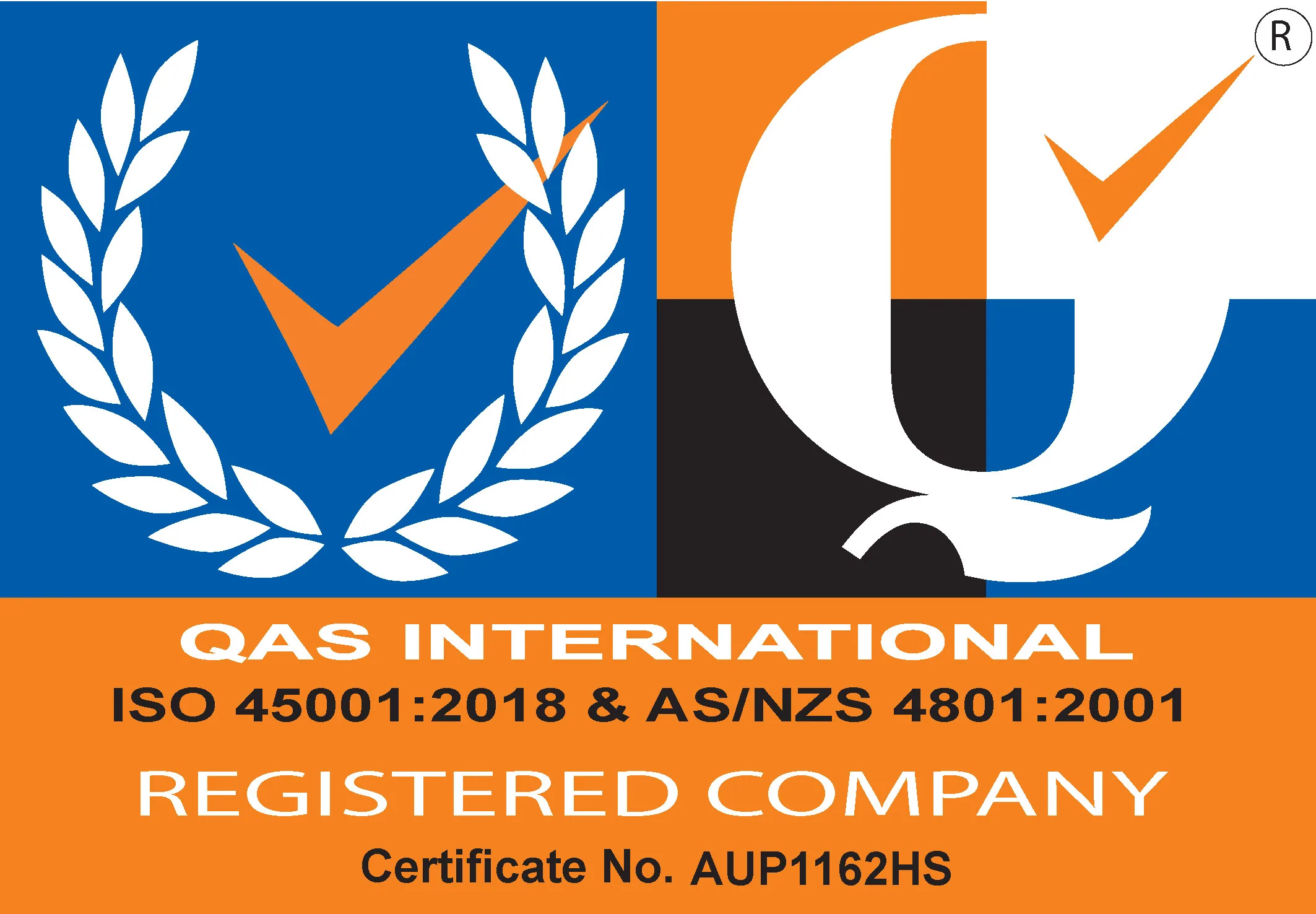Products / Plastic Poly Pits Lids & Risers / P1 to P9 Plastic Pit Range / P5 Pits & Lids / Plastic Poly Pit P5-800
The Plastic Poly Pit P5-800 Pit is an integral component in infrastructural projects, specifically designed for road, rail, and electrical usage. Its standout feature is the enhanced depth, providing a cost-effective solution to meet installation requirements. Manufactured from high-density polyethylene (HDPE) in compliance with Australian Standard AS/NZ 3996, this pit boasts exceptional strength and carries a Class A & B load rating, depending on installation.
The P5-800 Poly Pit is crafted from UV stabilized High-Density Polyethylene (HDPE), promising durability and longevity. Constructed through a rotational moulding process with UV-stabilised polyethylene, the P5-800 Pit is not just durable but also lightweight, making it easy to handle during installation. The product meets the demanding criteria for installation and long-term use.
The P5-800 Plastic Poly Pit provides a range of cover options, including Class A, B & C covers made from concrete, composite, cast iron, and GMS. This diversity of options ensures you have the appropriate cover to match your pit and the nature of your project. It’s compatible with both standard and lockable lids which adds to its versatility.
Used extensively in rail and electrical projects, the P5-800 Pit is VicTrack and ARTC approved, attesting to its robustness, quality and guaranteeing its compliance with the stringent requirements of these sectors. It’s the go-to pit solution for professionals seeking a high-quality, resilient, and approved product for their heavy-duty needs.
The Plastic Poly Pit P5-800 is designed and rigorously tested for Class A applications under Australian Standard AS/NZ 3996. Additionally, it can achieve a Class B rating when backfilled with crushed rock or stabilised sand, and supplemented with internal PVC pipe support.
Made from up to 90% recycled materials, the P5-800 is an ecologically conscious choice for your projects. Designed and manufactured to meet Australian Standard AS/NZ 3996, this Class B rated pit stands out as a top-tier selection that’s both environmentally and quality conscious.
The P5-800 serves as a stronger, heavy-duty extension of the standard P5 pit, offering superior durability and size advantages. Equip your project with the best by choosing the Plastic Poly Pit P5-800 supplied by Convic Australia. Contact us today for more information and to discuss your project requirements.
Weight (kg) |
Length (mm) |
Width (mm) |
Depth (mm) |
Clear Opening |
| 15 | 705 | 455 | 800 | 647 x 400 |
A |
A1 |
A2 |
B |
B1 |
B2 |
B3 |
C |
C1 |
C2 |
| 705 | 647 | 565 | 455 | 400 | 330 | 310 | 800 | 791 | 391 |
*All measurements in millimetres
| HDPE | |
| Compressive strength: | 58MPa D-695 |
| Flexural strength: | 15MPa D-790 |
| Tensile strength: | 14Mpa D638 |
| Water absorption: | +0.31% D-570 |
| Water vapour transmission: | WVT 0.1392g/m2 – 1,592hrs E96 |
| Coefficient of friction (Mannings): | n=0.010 |
| Chemical resistance | Good |
Installing pits is a crucial step in ensuring reliable utility access for various infrastructure projects. In this summarized guide, we will provide a comprehensive summary of Telstra’s installation instructions for pits. By following these step-by-step procedures, you can effectively install pits and optimize underground utility access. This is to be used as a general guide, to properly and effectively install pits, please refer to the above links only.
Proper installation of pits is essential for ensuring reliable underground utility access in infrastructure projects. By following Telstra’s installation instructions summarized above, you can confidently install pits and create a robust foundation for your telecommunications, electrical, air, rail, or road projects. Always refer to the original document and consult with relevant authorities for specific guidelines and regulations pertaining to your installation.
AS/NZ 3996
366/368 Settlement Road
Thomastown Vic 3074 Australia
Ph: (03) 9464 1655
sales@convicaustralia.com.au


